UK PMI construction was unchanged at 52.5 in May, above expectation of 52.0.
Sam Teague, Economist at IHS Markit and author of the IHS Markit/CIPS Construction PMI®:
“The May PMI data signalled an unchanged pace of activity growth across the UK’s construction sector since April’s somewhat underwhelming rebound, yet nevertheless indicating a recovery in the second quarter after the contraction seen at the start of the year.
“However, activity in May was once again buoyed by some firms still catching up from disruptions caused by the unusually poor weather conditions in March, and a renewed drop in new work hinted that the recovery could prove short-lived.
“Inflows of new business slipped back into decline, signalling the resumption of the downward trend in demand seen during the opening quarter. Companies frequently noted that Brexit uncertainty and fragile business confidence led clients to delay building decisions in May.
“With new order books deteriorating and cost pressures picking back up, it’s not surprising to see construction firms taking a dimmer view of prospects and pulling-back on hiring, all of which makes for a shaky-looking outlook.”




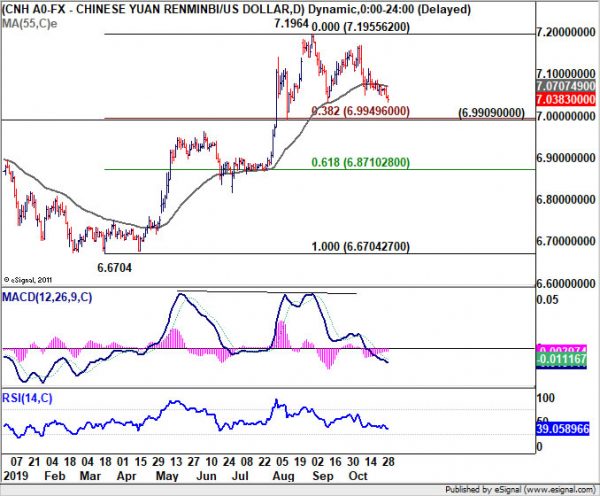
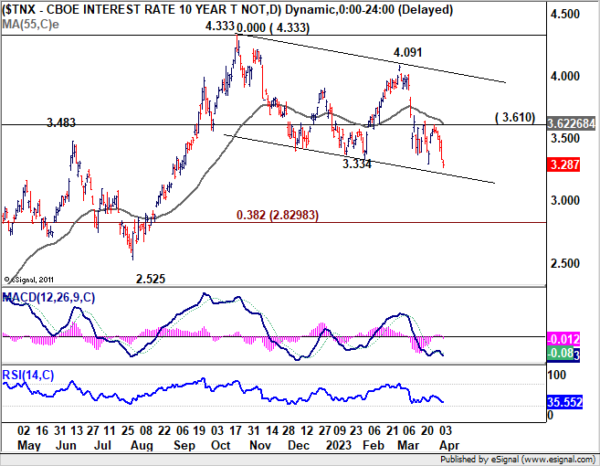
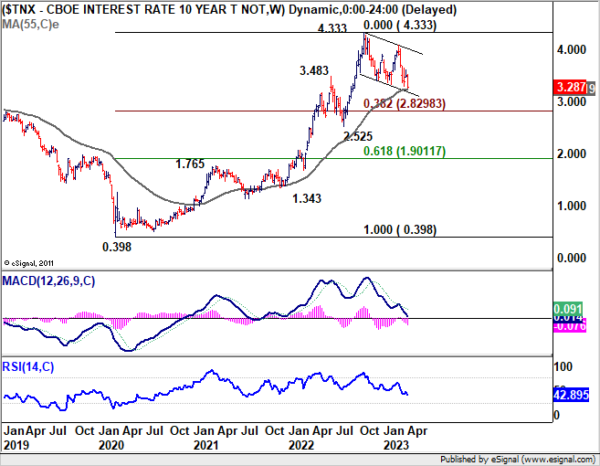

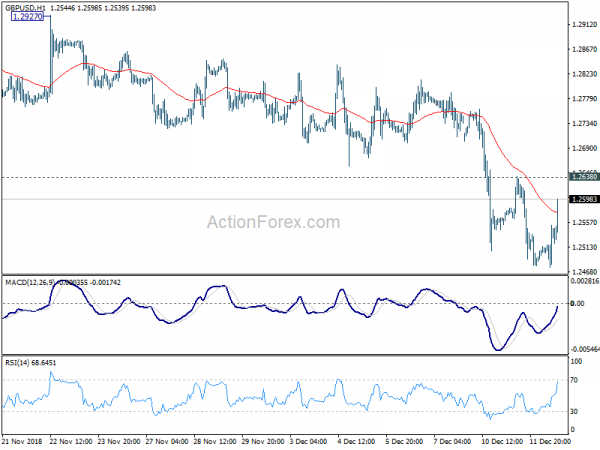
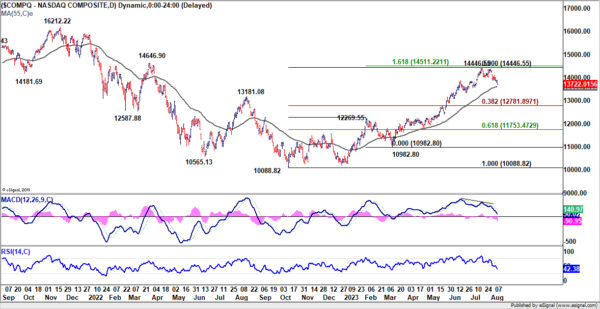
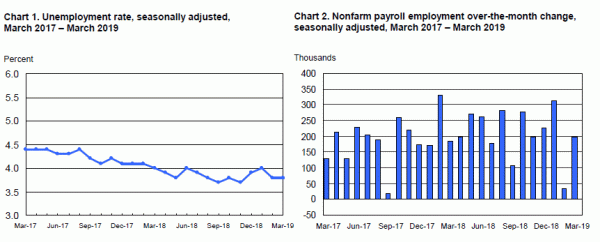
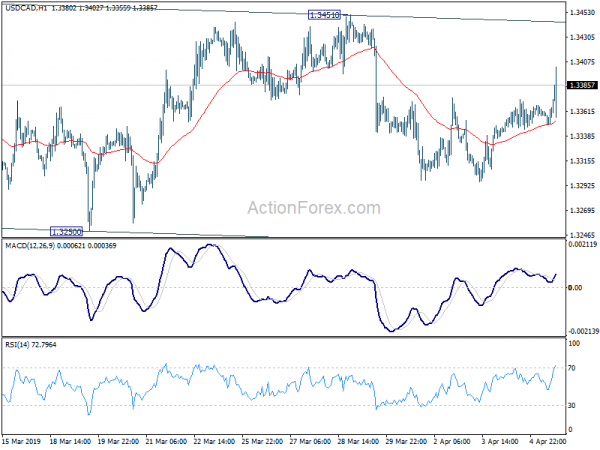
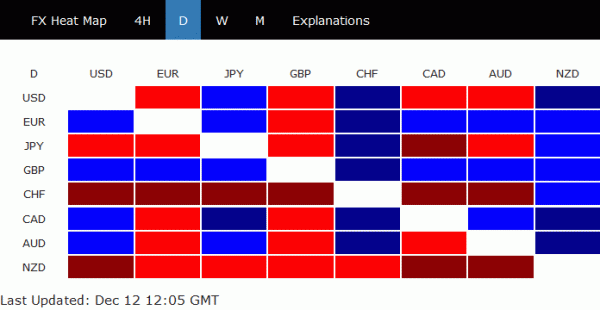
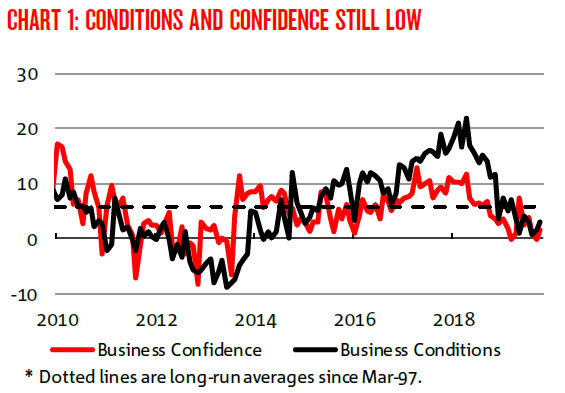
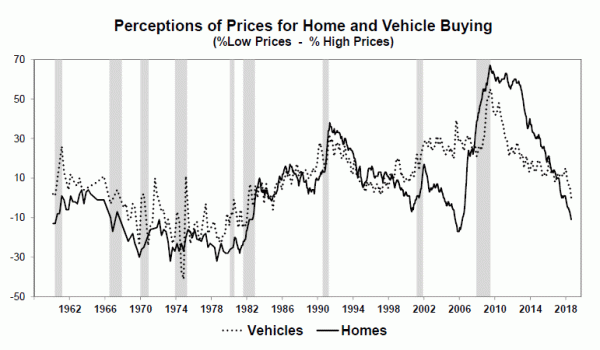
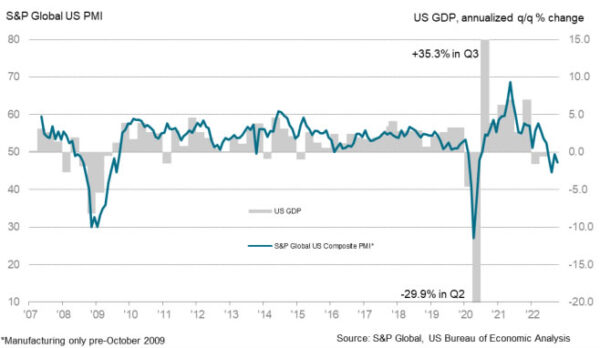
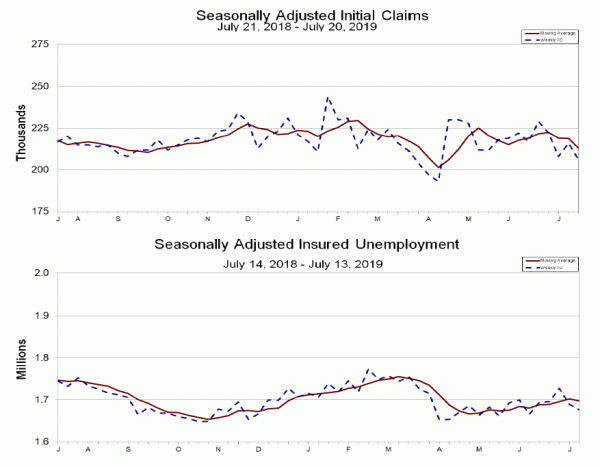

CAD rebounds as US dropped one of the toughest protectionist demand in NAFTA talks
Canadian Dollar rebounds strongly on news that US will drop contentious auto-content proposal in NAFTA talks. It’s seen as clearing and important road block in NAFTA renegotiation. The Loonie is trading as the strongest major currency in Asian session.
There was a demand for vehicles made in Canada and Mexico for export to the US contain at least 50% US content. But Canada’s Globe and Mail reported that this contentious demand was dropped during NAFTA meeting in Washington last week. This is seen by some as one of the US toughest protectionist demand.
CAD is now the strongest one as seen in heatmap for today, followed by Euro. NZD, AUD and USD are the weakest ones.